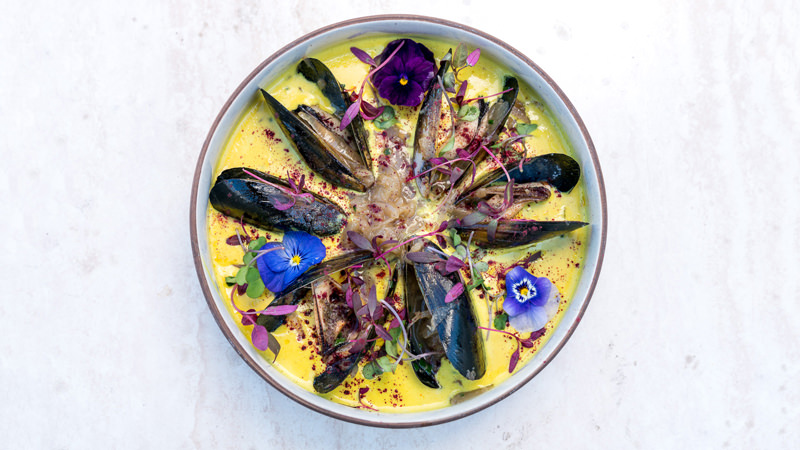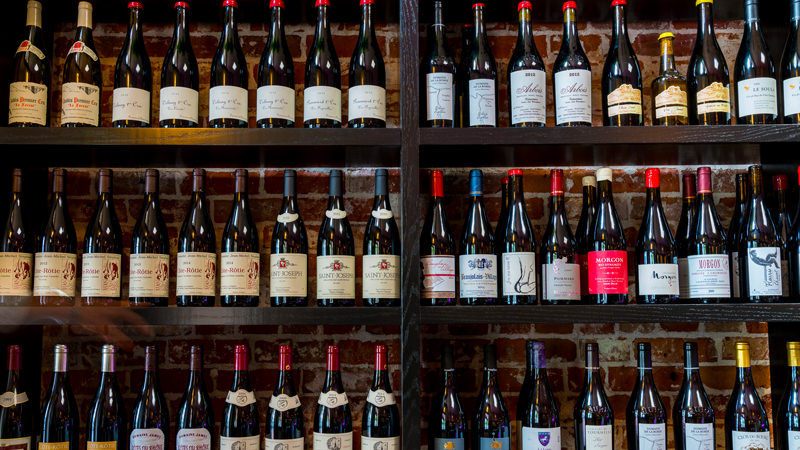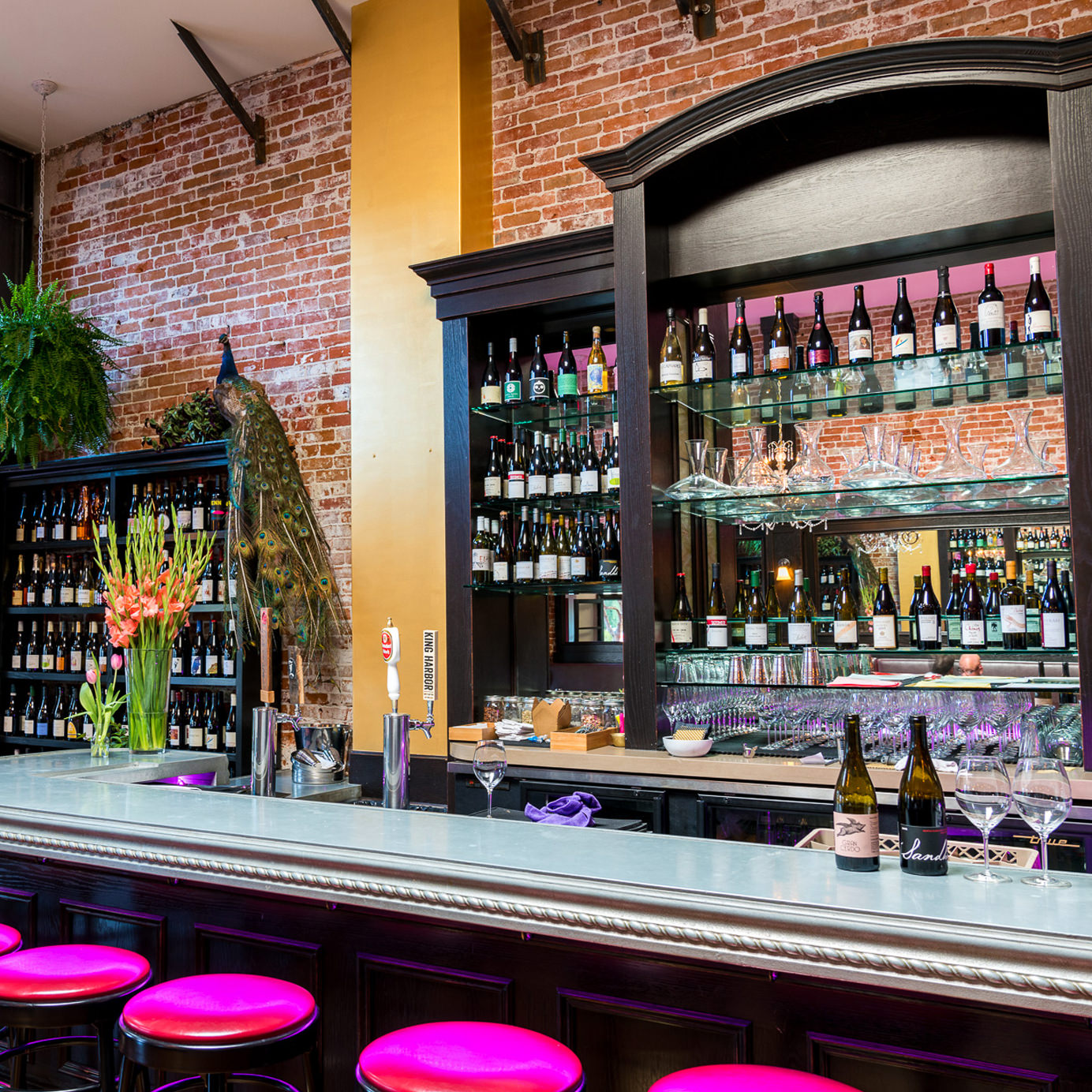
“I’ve tried every kind of wine with Indian food, whether it’s something my mom made or something I made,” Rajat Parr says.
The James Beard Award-winning sommelier was born in Calcutta, India, and attended the Culinary Institute of America at Hyde Park, N.Y., before launching his star-studded wine career. Following posts at Rubicon and Fifth Floor in San Francisco, Parr served as wine director for The Mina Group, a collection of nearly 40 restaurants worldwide.
Now he heads up the wine program at Bibi Ji, a raucously fun wine bar, bottle shop, and all-day restaurant in Santa Barbara, Calif. It’s a joint operation with Jessi Singh, chef of NYC’s Babu Ji. Menus and vibes of the two establishments overlap — much to the delight of fans of Singh’s “Mr. Tso’s Cauliflower,” an Indo-vegetarian riff on a Chinese-American takeout standard.
“Indian food, with its intricate spicing; rich, integrated sauces, and occasional chile heat, has often posed a difficult riddle to wine lovers,” writes Eric Asimov in The New York Times. As a result, many diners have sipped light, easy-drinking lager instead of wine when eating Indian cuisines.

Parr, however, matches an array of mostly European wines with the dishes at Bibi Ji. “The wine list is small,” Parr says. “It’s geared more toward natural wine, and things that are fresh and crunchy.” Bibi Ji’s list changes very frequently and includes around 20 wines by the glass.
Whether you’re angling for one of Bibi Ji’s 40 seats (hint: there are more at the bar and on the patio), or want to pair wine with your favorite Indian fare, Parr has you covered. Here are four foolproof secrets to pairing wine with Indian food.
Spicy Foods Don’t Require Sweet Wine
The No. 1 consideration when pairing wine with spicy Indian dishes is alcohol level. “Low-alcohol is key,” Parr says, whereas wines with high levels of alcohol “will make the dish even hotter.”
As a result, big, bold California Cabernet Sauvignons are out. Off-dry Rieslings are a good pairing but are not your only option. “The residual sugar is important, but not that important,” Parr says.
“Rosé works really well,” Parr says, as do easy-drinking Chenin Blancs or even spicy Gamays. He also suggests skin-contact or orange wines with Indian food. He recalls pairing a low-skin-contact Radikon with smoky, spiced chicken tikka, calling it an “amazing” match.
“The big picture is think fresh, lighter wines,” Parr says. “Not rich and heavy.”

Yes, You Can Go Red
“People think that red wines don’t work with Indian food,” Parr says, “Well, I think they work very well.”
He pairs a savory Loire Pineau d’Aunis with Singh’s apricot chutney-topped lamb chops, and lists light Canary Island wines like Listan Negro among his favorite foils for Indian food.
“Pinot Noir definitely clashes,” Parr says, but light-bodied Syrah or Loire Valley Cabernet Franc are excellent options. In all cases, look for wines that are more earthy than fruity to offset the spice of Indian cooking.
Go All In on Acid
Any time you are eating something spicy, high-acid wines simultaneously soothe and revive your palate. Fruity fleshy wines, on the other hand, can’t cut through spice and smoke.
Green, flinty Vinho Verde, such as the Antonio Lopez Ribiero that Parr occasionally serves by the glass at Bibi Ji, have ample acidity. Parr pairs the above with Singh’s ginger-glazed rainbow trout.

Save Your Best Bubbles
Champagne is an excellent foil for Chinese food, fried chicken, and many other indulgent favorites, but Parr advises against popping open your finest sparkler for Indian dishes.
“Champagne is too complicated,” he says. Pairing the two is “fine, but it won’t enhance the Champagne or the food.”
Instead, Parr suggests pét nat, or pétillant naturel, the ancient French sparkler currently surging in popularity. Because it is not disgorged like Champagne, and not necessarily filtered after fermentation, pét nat typically has more funk than Champagnes, making it a good match for the bold flavors in Indian cooking.
